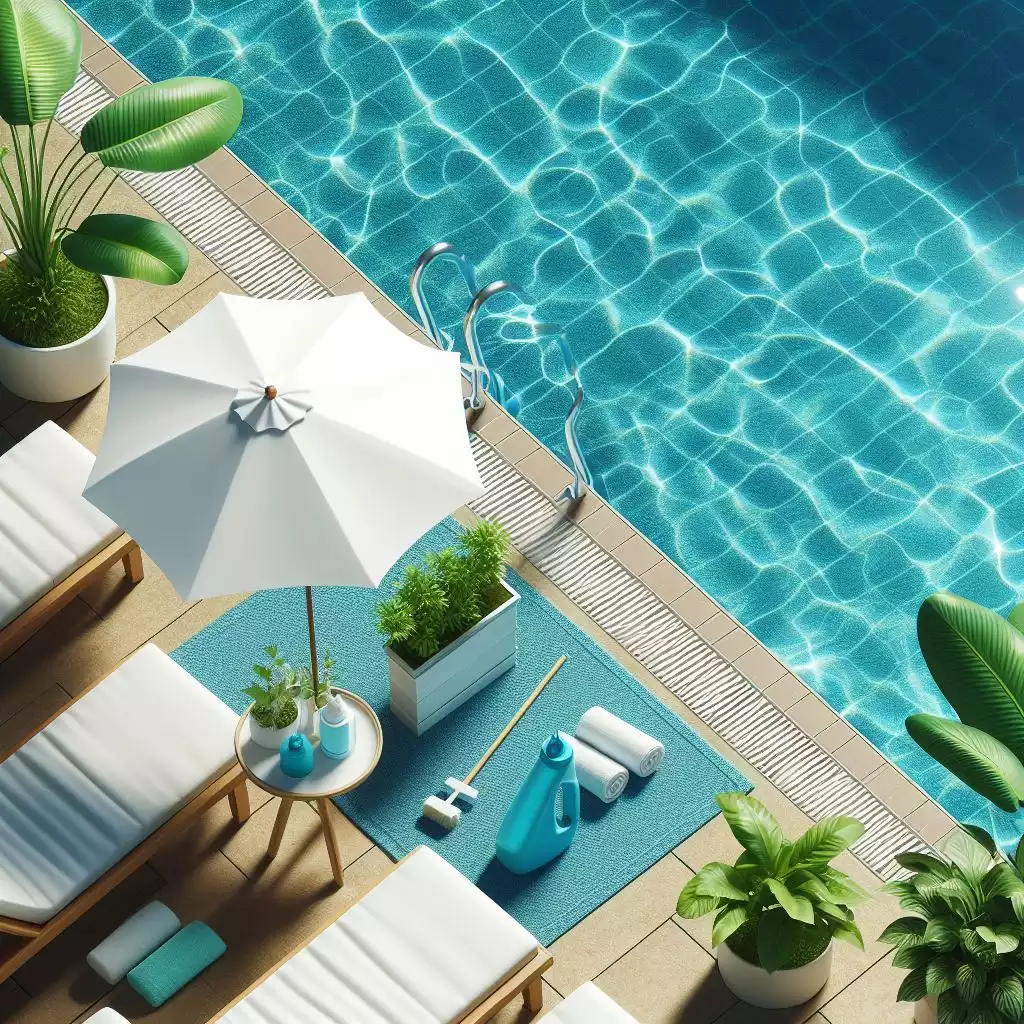To ensure the cleanliness and safety of pool water, it is crucial to use pool chlorine tablets and algaecide together correctly. As an important venue for leisure and entertainment, the water quality of the pool directly affects the health and safety of its users. Given that pools are often exposed to the environment, they are susceptible to bacteria, viruses, and algae, making regular maintenance and proper chemical treatment key to maintaining pool hygiene. Below is a detailed guide on how to effectively combine these two chemicals to achieve the best algae removal and disinfection results, ensuring a safe, clean pool environment and a healthy, enjoyable swimming experience for users.

Understanding the Basic Functions of Pool Chemicals
Chlorine Tablets
Chlorine tablets are primarily used for disinfection; their main ingredient is usually trichloroisocyanuric acid (Trichlor), which can continuously release chlorine, effectively killing bacteria, viruses, and some microorganisms in pool water. Chlorine tablets often contain a stabilizer (such as cyanuric acid) to slow down the decomposition of chlorine under direct sunlight and other conditions, thereby maintaining the longevity of the disinfection effect.
Algaecide
The function of algaecide is to control and prevent the growth of algae in the water. If uncontrolled, algae not only make the water murky but can also clog the pool’s filtration system, reducing the water’s flow and cleanliness. Common algaecides include copper salts and quaternary ammonium compounds, which inhibit algae growth by destroying their cellular structure.
Checking the Chemical Balance of Pool Water
Before adding any chemicals, first use a water quality test kit to determine the pH, total alkalinity (TA), calcium hardness (CH), and free chlorine levels of the pool water. The ideal pH should be between 7.2 and 7.6, total alkalinity is recommended to be between 80 to 120 ppm, and calcium hardness should be between 200 to 400 ppm. Maintaining these chemical indicators within the recommended ranges can optimize the effects of the chemicals and prevent equipment corrosion.
Step-by-Step Addition of Chemicals
Step 1: Adjusting the pH
If the water’s pH is not within the ideal range, adjust it first. Use hydrochloric acid or sulfuric acid to lower a high pH, or add sodium carbonate (commonly known as soda ash) to raise a low pH.
Step 2: Adding Chlorine Tablets
Calculate the number of chlorine tablets needed based on the water quality test results and the size of the pool. For example, 1 to 3 tablets are typically needed for every 10,000 gallons of water, but this should be adjusted based on the current chlorine level and how frequently the pool is used. In strong sunlight or with frequent use, it may be necessary to increase the amount of chlorine tablets used to maintain an appropriate level of disinfection.
Step 3: Adding Algaecide
After chlorination, add algaecide. The amount should be measured according to the manufacturer’s guidance and the specific conditions of the pool. Overuse of algaecide is not only wasteful but can also damage the pool’s coating and equipment.
Maintenance and Regular Testing
Regular Testing
It is advisable to perform a complete water quality test at least once a week, including measurements of free chlorine, pH, TA, and CH, to ensure all indicators remain within the ideal range.
Cleaning the Filtration System
Keeping the filtration system clean is also crucial, as a clogged or inefficient system can severely affect the effectiveness of chemical treatments. Regularly clean or replace filters to ensure efficient operation.
Observing Water Quality Changes
Continuously monitor changes in water quality. If the water becomes cloudy or smells, it may be necessary to adjust the types and amounts of chemicals used.
Safe Use of Chemicals
When handling chemicals, be sure to wear appropriate protective equipment, including safety goggles, gloves, and masks. Ensure that operations are performed in a well-ventilated area to avoid contact with skin or inhalation of chemicals, and keep chemicals out of reach of children and pets.
By following these detailed steps and careful maintenance, your pool will always be in optimal condition, providing swimmers with a clean and safe swimming environment. Combining scientific management methods and regular water quality monitoring can significantly extend the life of the pool, reduce maintenance costs, and provide healthy water conditions for every swimmer. Remember, maintaining the cleanliness and safety of the pool is the responsibility of every pool owner and manager. Through these efforts, we can ensure that the pool provides a fun and hygienic recreational spot for the public.


